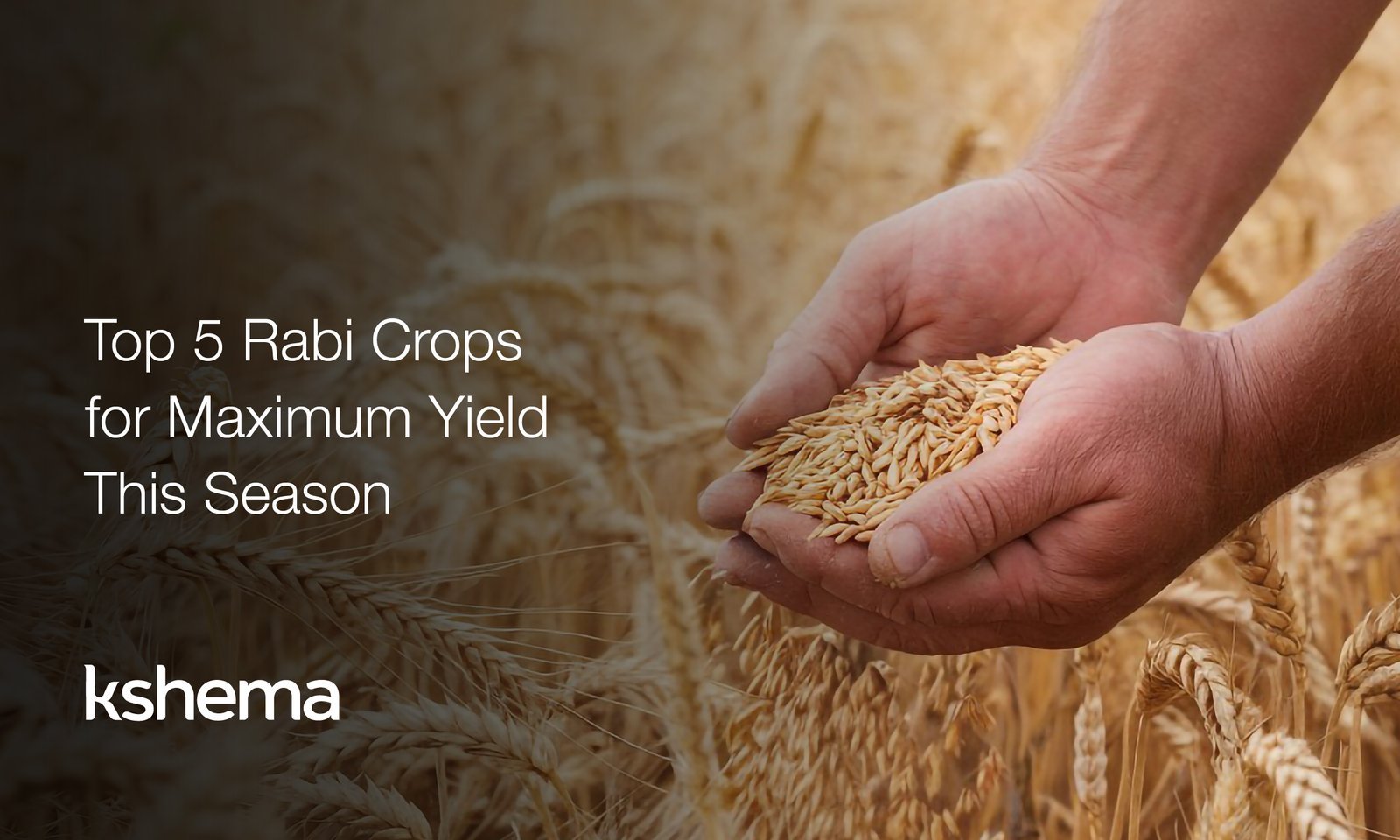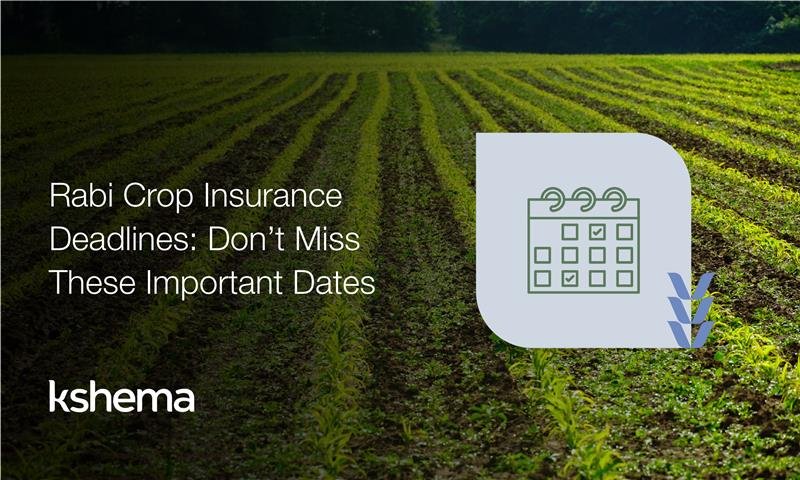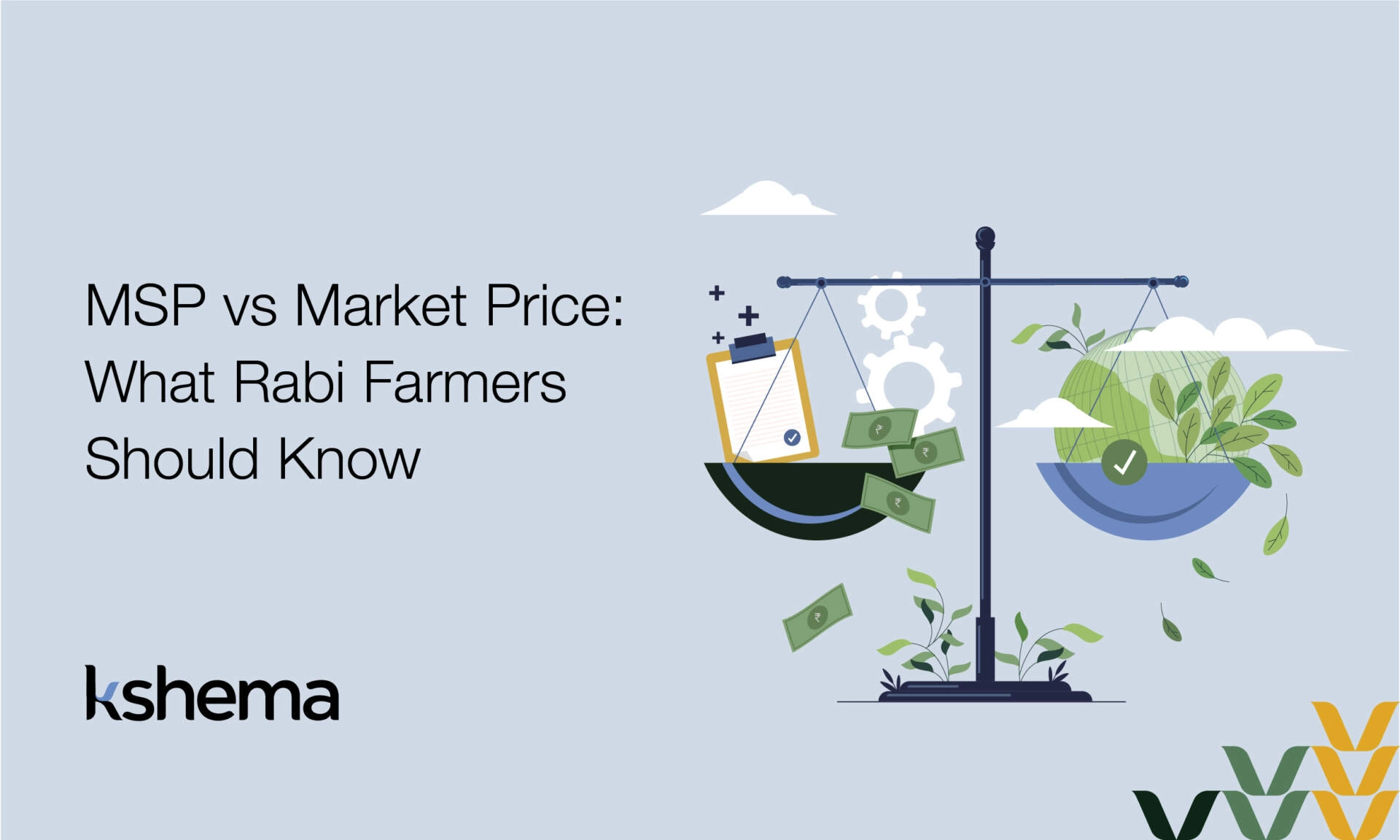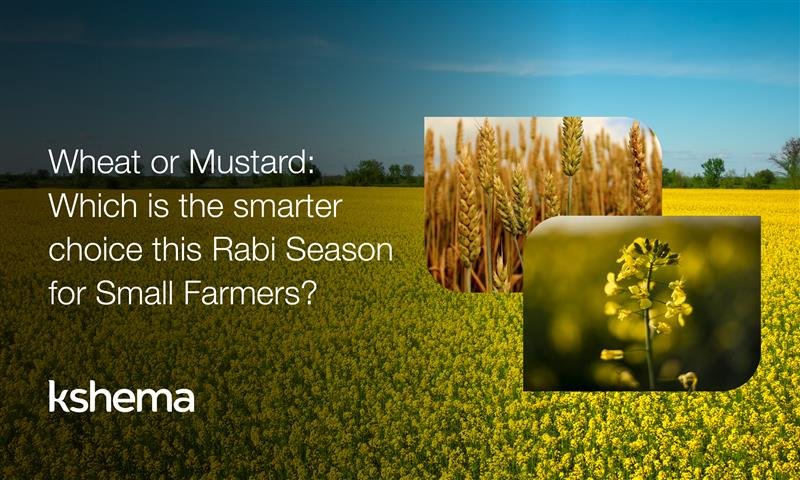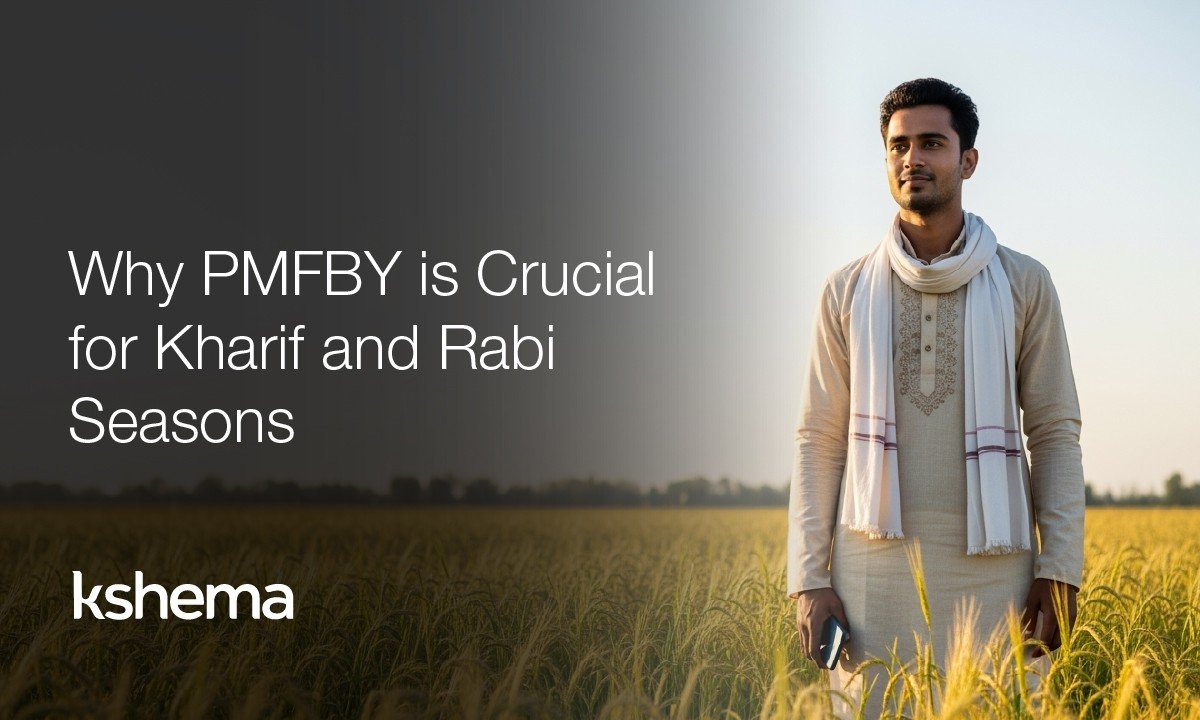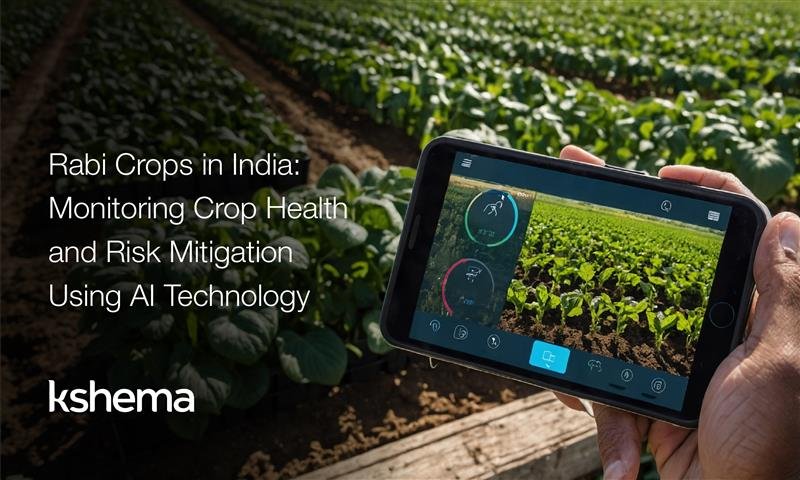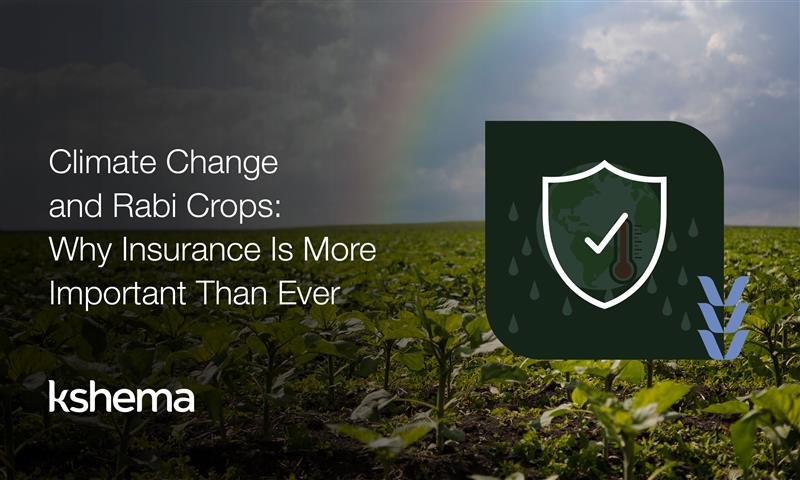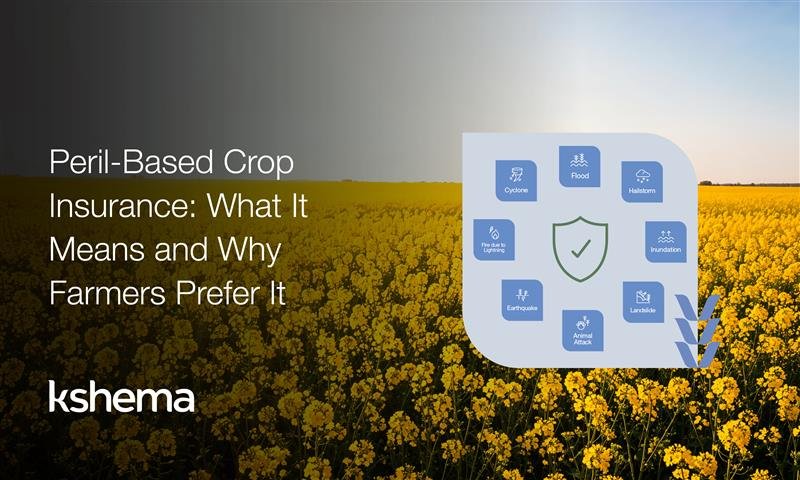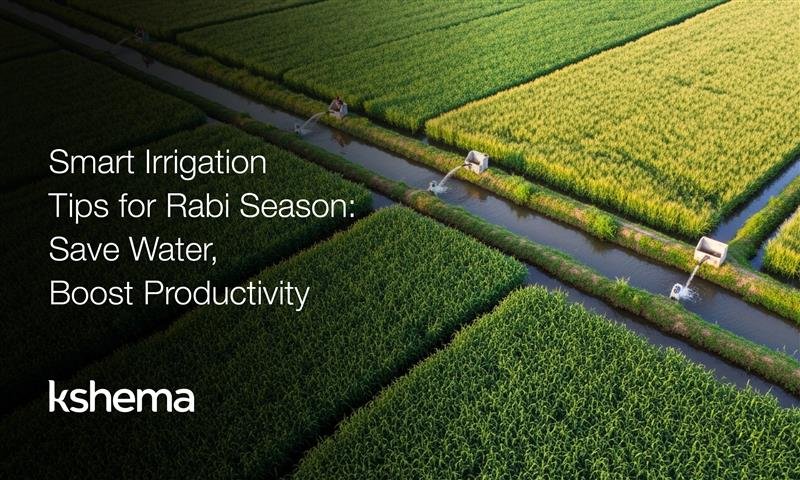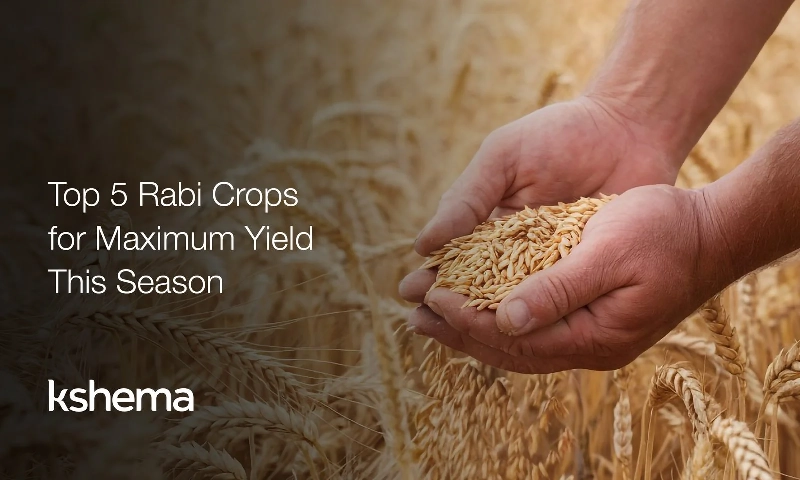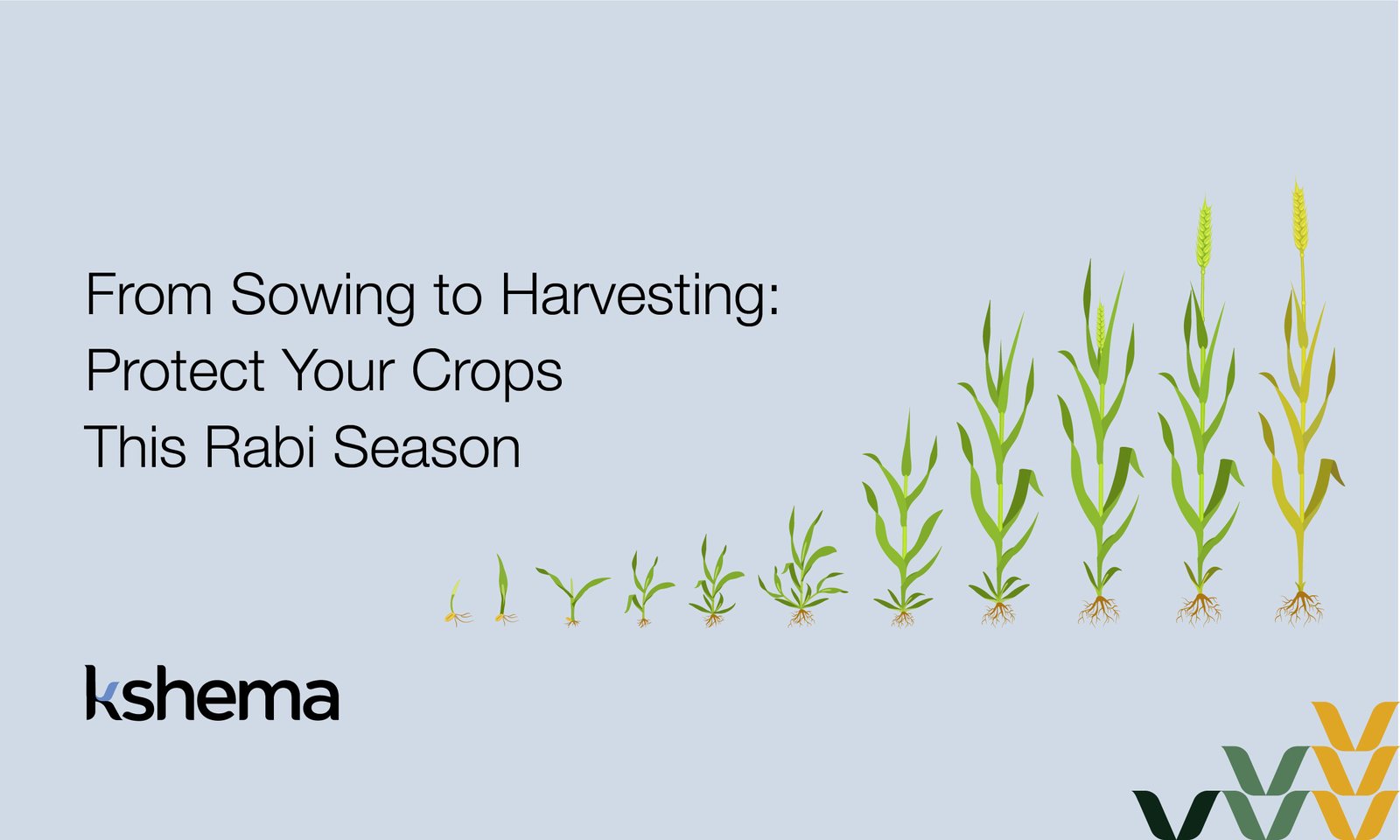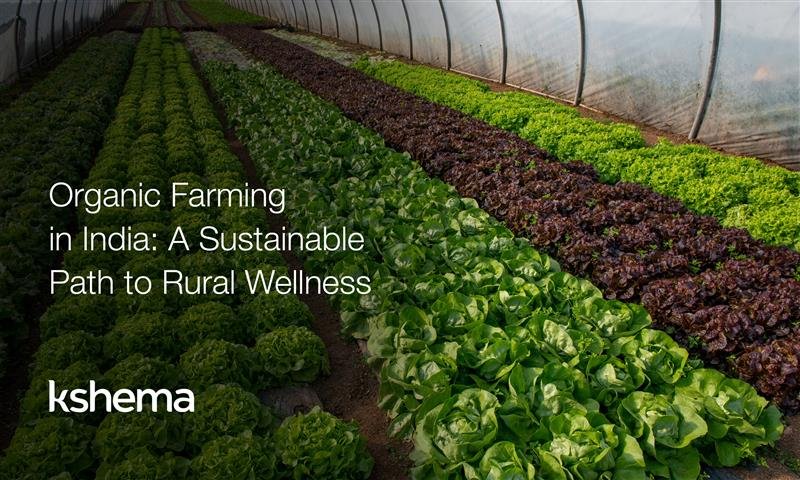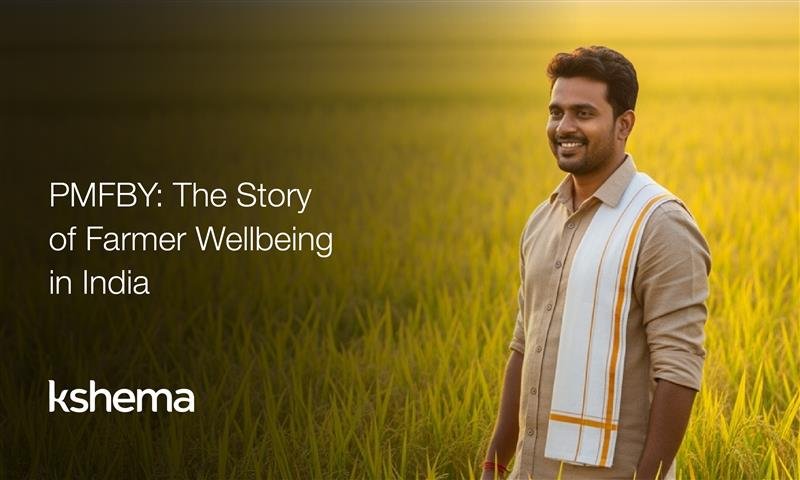Kharif and Rabi crops are India’s two main crop seasons. Kharif crops are sown with monsoon rains (June–July) and harvested around September–October, while Rabi crops are sown after the monsoon (October–December) and harvested in March–April. Differences include sowing time, rainfall needs, temperature and typical crop choices.
Introduction:
What Are Kharif and Rabi Crops in India?
Kharif Crops
- Sowing Time: With the arrival of the southwest monsoon, typically June-July
- Harvesting Time: September to October
- Examples: Paddy (rice), maize, cotton, millets, groundnut, soybean, and pulses like urad and moong
- Sowing Time: After the monsoon ends, generally from October to December
- Harvesting Time: March to April
- Examples: Wheat, barley, mustard, peas, chickpeas (gram), oats, etc.
1. Climatic Needs of Kharif vs Rabi Crops
Kharif Crops:
- Thrive on monsoon rainfall
- Require warm and humid weather
- Susceptible to both too much and too little rain
- Irrigation is often unnecessary where rainfall is adequate
- Grow in cooler, drier climates
- Depend more on irrigation systems
- Cannot tolerate heavy rain during flowering or maturity
- Need clear, sunny weather for best results
2. Water Needs for Kharif and Rabi Crops
Kharif crops
Rabi crops
3. Soil Preparation Tips for Crop Seasons
For Kharif crops:
- Soil should be well-drained to avoid waterlogging
- Organic matter retention is crucial
- Fertiliser use depends on rainwater leaching—excessive rain can wash away nutrients
For Rabi crops:
- Soil should have good moisture retention
- Often grown in loamy or clayey soils
- Fertiliser application can be more controlled and effective due to stable weather
4. Common Pests in Farming Seasons
Kharif crops are vulnerable to pests like stem borers, armyworms, and aphids, particularly due to the high humidity. Common issues include:
- Stem borers in paddy
- Leaf spot diseases in groundnut
- Root rot and wilting in cotton
- Aphid attacks in mustard and wheat
- Pod borers in gram
- Rust and powdery mildew in wheat
5. Market Trends for Kharif and Rabi Crops
- Kharif crops often face price fluctuations due to oversupply or poor post-harvest storage conditions during monsoons.
- Rabi crops such as wheat and mustard typically receive strong government procurement support and may offer better price stability.
6. Post-Harvest Tips for Kharif and Rabi Crops
- Kharif produce must be dried thoroughly before storage to avoid fungal growth.
- Rabi harvests enjoy drier weather, making storage easier, though care must still be taken to avoid pest infestations.
7. Crop Insurance for Farming Seasons
- Choose the perils most relevant to their region and season
- Get covered for more than 100 crops
- Protect against risks like hailstorms, earthquakes, and more
- Pay only for the protection they need
Kharif and rabi Difference are shown below
| Aspect | Kharif Crops | Rabi Crops |
| Sowing Time | June – July | October – December |
| Harvesting Time | September – October | March – April |
| Water Needs | High (rain-fed) | Moderate to low (irrigated) |
| Climatic Preference | Warm, humid | Cool, dry |
| Examples | Rice, maize, cotton | Wheat, mustard, gram |
| Storage Needs | Drying is essential | Less moisture risk |
| Insurance Focus | Monsoon-related risks | Cold/dry weather-related risks |
FAQs About Kharif and Rabi Crops
1. What are Kharif crops?
Kharif crops grow during the monsoon season (June–October) and depend on rainfall. Common examples include rice, maize, and cotton.
2. What are Rabi crops?
Rabi crops grow in winter (October–March) with irrigation support. Examples include wheat, mustard, and barley.
3. Which crops are grown in Kharif season?
Popular Kharif crops include rice, maize, cotton, groundnut, soybean, and pulses like urad and moong.
4. Which crops are grown in Rabi season?
Rabi crops include wheat, barley, mustard, peas, chickpeas, and oats.
5. How does crop insurance help during Rabi season?
Crop insurance protects farmers from losses caused by frost, hailstorms, and unseasonal rains during Rabi season.
6. What is the main difference between Kharif and Rabi crops?
Kharif crops grow in monsoon and depend on rainfall; Rabi crops grow in winter with irrigation support.






